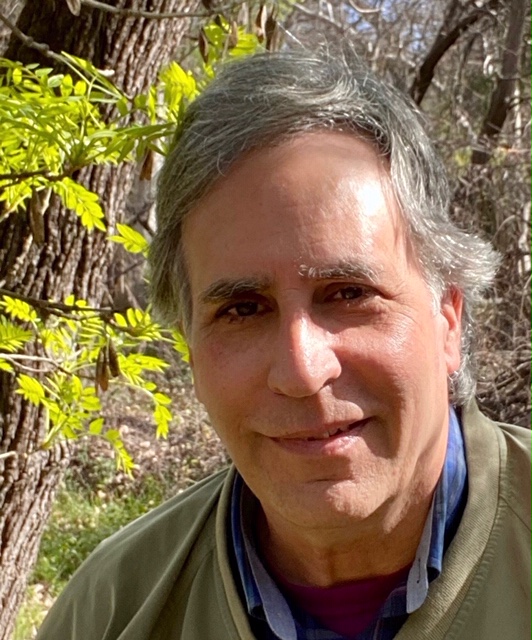Dig Your Own Well Daily
To the pride and shame of Californians, “The Great Central Valley” is often described as the “most productive agricultural region in the world.” The pride is obvious, but the shame has to do with the fact that the Valley is being “developed” at an astonishing rate. The land is vanishing as quickly as the rainforests of South America.
This is now true even at the northern end of the 450-mile (725 kilometer) long bowl that geographically defines the Central Valley. In the ten years I’ve lived at its northeastern corner (most of the 30-plus years I’ve been in California have been spent in one part or another of the Valley), I’ve seen more and more of the land converted from the production of almonds, rice, walnuts, and peaches, and such, to houses, malls, and pavement.
For nearly six months out of the year there is almost no rain here. The Central Valley becomes a desert. The larger rivers and creeks continue to flow down from the Sierra Nevada Mountains, but they don’t provide enough water for the prodigious amounts needed to irrigate the land and make it fertile year around. That’s why, throughout the 20th century, a complex network of dams and canals were built from one end of the Valley to the other.
I can’t speak for other lands, but there are a lot of people, young and old, who are dying of thirst in America. But before one can help the dying, one must first save oneself. Indeed, spiritually speaking, we can only really save ourselves.
To remain alive in a desert, where all the surface water and springs have dried up, one has to dig one’s own well every day. Life-giving water lies below ground, but if one remains on the surface, one will die of dehydration.
In normal times, people sustain each other through traditions, community connections, art, and other means. But with the death of a nation’s soul, the traditional means of sustenance dry up. Turning back to them, as fundamentalists do, only spreads the deadness, deepens the darkness, and puts evil into power.
The story about Jesus that speaks the deepest to me is the one where a man approaches him after a sermon and asks to go with him. Jesus tells him to come, to which the man replies that he must first return to his village and help bury a relative that’s just died. Jesus responds: “Let the dead bury the dead.”
That must have been a society very much like this. When I asked a friend recently whether people know this is a dead culture, she said, “they know it, but they don’t want to see and feel it.” That’s how people inwardly die, and become the culture.
What is the alternative? One can one dig deeply, and drink from the infinite wellspring of life, rather than conform, and thereby succumb to the deadness.
For North Americans, that first requires acknowledging the truth about this culture, that the life has been drained out of it, and that the majority of people here are inwardly dead. Then one does not look outside oneself, but learns how to pierce through the debris of society and reach the fountainhead of life.
A relationship with nature is essential, even if that means merely giving space within for the feeling of a cloud, a bird, or a flower, because if one has no relationship with nature, one can have no relationship with anyone or anything. This implies remaining aware of one’s emotions, not cutting off from them, or numbing them, because of pain and sorrow. It is much better to feel pain and sorrow than to feel nothing at all.
Thought it’s very difficult to live in a desert, when there is life-giving water, the most beautiful flowers bloom.
- Martin LeFevre is a contemplative, and non-academic religious and political philosopher. He has been publishing in North America, Latin America, Africa, and Europe (and now New Zealand) for 20 years. Email: martinlefevre@sbcglobal.net. The author welcomes comments.



 Binoy Kampmark: Condemning The Right To Self-Defence - Iran’s Retaliation And Israel’s Privilege
Binoy Kampmark: Condemning The Right To Self-Defence - Iran’s Retaliation And Israel’s Privilege Gordon Campbell: On The Making Of King Donald
Gordon Campbell: On The Making Of King Donald Binoy Kampmark: Rogue States And Thought Crimes - Israel Strikes Iran
Binoy Kampmark: Rogue States And Thought Crimes - Israel Strikes Iran Eugene Doyle: The West’s War On Iran
Eugene Doyle: The West’s War On Iran Richard S. Ehrlich: Deadly Border Feud Between Thailand & Cambodia
Richard S. Ehrlich: Deadly Border Feud Between Thailand & Cambodia Gordon Campbell: On Free Speech And Anti-Semitism
Gordon Campbell: On Free Speech And Anti-Semitism